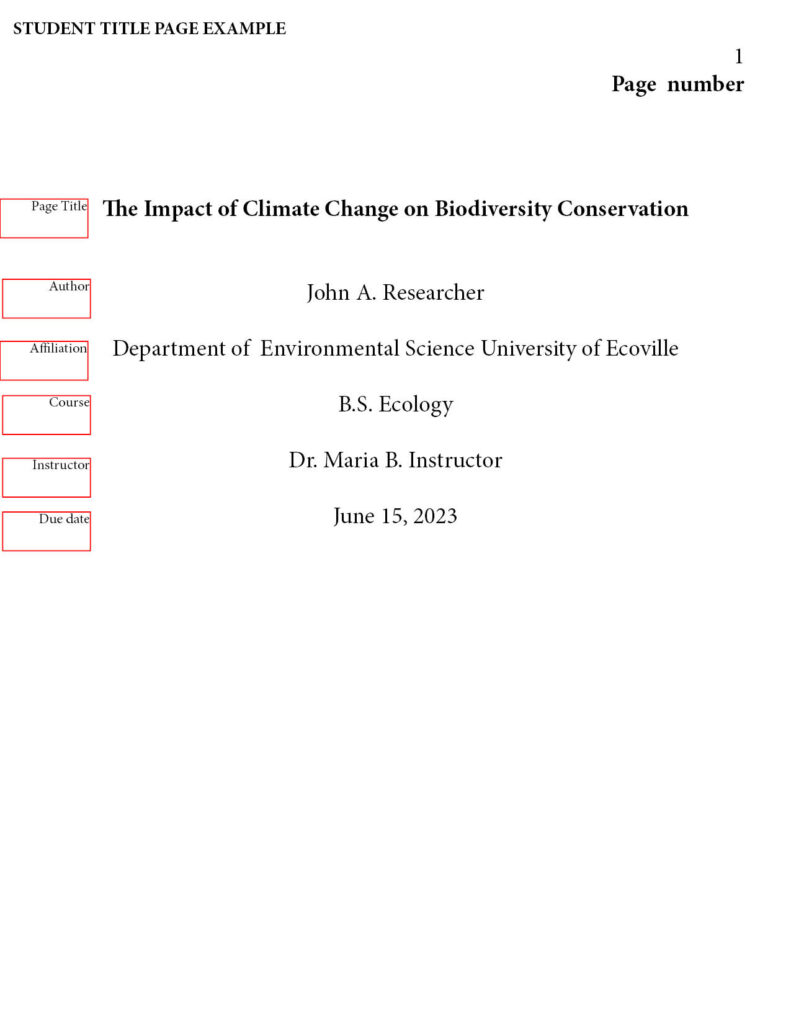
When it comes to writing a dissertation, formatting is just as critical as the content itself. Dissertations are substantial academic works that require meticulous attention to detail, including proper organization, citations, and formatting. One of the most widely used dissertation formatting styles is the American Psychological Association (APA) style. This article delves into the nuances of APA formatting and why it is a favored choice for many academic disciplines.
Why Choose APA Style?
APA style is developed and maintained by the American Psychological Association. It was initially designed for psychology and social science disciplines, but it has since been adopted by various academic fields due to its clarity, consistency, and adaptability. Here are some reasons why APA style is widely used in dissertations:
Clarity and Consistency: APA style emphasizes clear and concise writing. It provides guidelines on how to structure sentences, headings, and citations, ensuring that your dissertation is well-organized and easy to understand.
Citation Style: The APA format includes clear rules for citing sources, both in-text and in the reference list. This is invaluable for maintaining academic integrity and giving credit to the original authors of the work you reference.
Adaptability: While originally developed for psychology, APA style is flexible and can be applied to various fields. It has become the preferred format for many academic disciplines, including education, nursing, business, and more.
Key Elements of APA Style
Let’s explore some of the essential elements of an APA-formatted dissertation:
Title Page: The title page should include the title of the dissertation, your name, the institution, and the date. It should be centered and double-spaced.
Abstract: The abstract is a concise summary of your dissertation. It should be around 150-250 words and appear on a separate page.
Headings and Subheadings: APA style organizes content with a hierarchical system of headings and subheadings. This helps to outline the structure of your dissertation, making it easier for readers to navigate.
In-Text Citations: In-text citations should include the author’s last name and the publication year (e.g., Smith, 2021). Page numbers are added when quoting directly. The reference list at the end of the dissertation provides full details.
Reference List: The reference list should be organized alphabetically and provide complete information about each source you’ve cited in the dissertation. It includes the author’s name, publication date, title of the work, and other relevant details.
Margins and Spacing: APA style typically requires one-inch margins on all sides and double-spacing throughout the document.
Font and Font Size: A clear and readable font, such as Times New Roman or Arial, in 12-point size is recommended.
Page Numbers: Page numbers are placed in the top right corner of each page, starting from the title page. The title page is considered page 1, but the number does not appear on it.
Here are some examples of how various elements of a dissertation are formatted in APA style:
- Title Page:
The student title page should be centered and include the following information:
Title of the Dissertation
Your Name
Institutional Affiliation
Degree Name (e.g., Doctor of Philosophy)
Course
Instructor
Date
Example:

- Abstract:
The abstract is a concise summary of your dissertation, typically 150-250 words.
he abstract is a concise summary of your dissertation, typically 150-250 words.
Example:
This dissertation examines the consequences of climate change on biodiversity conservation efforts. It analyzes data from various ecosystems and presents evidence of declining species diversity due to climate-related factors. Implications for conservation strategies and policy recommendations are discussed.
3. Headings and Subheadings:
APA style uses a specific hierarchical system for headings and subheadings. For example:
- Level 1 Heading: Centered, Bold, Title Case
- Level 2 Heading: Flush Left, Bold, Title Case
- Level 3 Heading: Flush Left, Bold Italic, Title Case Heading Text begins as a new paragraph.
4. In-Text Citations:
In-text citations should include the author’s last name and the publication year.
Examples:
- Single author: (Smith, 2019)
- Two authors: (Johnson & Clark, 2020)
- Three or more authors: (Brown et al., 2018)
- Direct quote: “This is a direct quote” (Miller, 2017, p. 45).
5. Reference List:
The reference list provides complete information about the sources cited in your dissertation. Here’s an example of how a reference entry might look for a book:
Example:
Smith, J. A. (2019). Biodiversity in a Changing Climate. Springer.
Please note that these are simplified examples. Your actual dissertation will likely have many more references and a more complex structure, including tables, figures, and appendices. It’s essential to consult the APA Publication Manual or your institution’s specific guidelines for detailed and up-to-date information on APA formatting.
APA style has become the most widely used dissertation format for its clarity, consistency, and adaptability. It is a comprehensive system that governs every aspect of a dissertation, from the title page to the reference list. Adhering to APA style ensures that your work is not only academically rigorous but also easily accessible to readers.
As you embark on your dissertation journey, remember that while APA style is a popular choice, your specific institution or field may have its formatting requirements. Always consult your institution’s guidelines and seek guidance from your advisor or committee to ensure that your dissertation meets the necessary standards. By mastering APA formatting, you’ll be well-prepared to present your research in a professional and organized manner.
